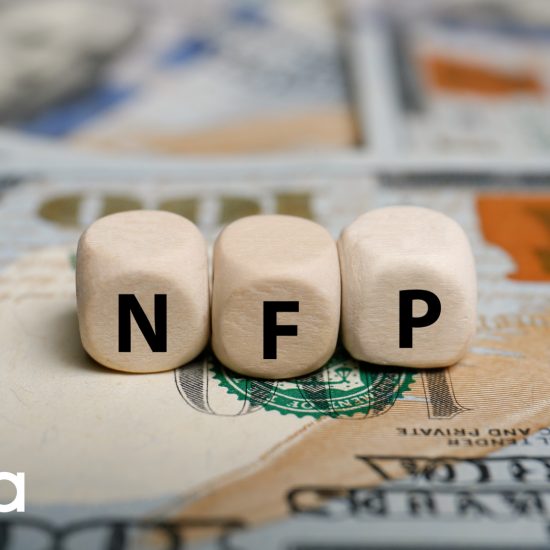
A specialised Indian geological team has been dispatched to Zambia to commence a three‑year survey of copper and cobalt within a 9,000 km² exploration zone. The initiative, authorised by the Zambian government earlier this year, aligns with New Delhi’s broader drive to shore up supplies of strategic minerals essential for its energy‑transition and technological ambitions.
Zambia, a major exporter of copper—Africa’s second‑largest producer after the Democratic Republic of Congo—and a significant cobalt reserve, represents a strategic asset in India’s efforts to diversify away from dependence on imports. The geological team will visit the site periodically to conduct field surveys, while most sample analysis will be carried out in Indian laboratories.
Khanij Bidesh India Ltd, a joint venture of state‑run firms under the Ministry of Mines, is coordinating the operation. From groundwork through to feasibility analysis, the mission is designed to assess the mineral potential and commercial viability of the designated area. On successful evaluation, the government plans to initiate mining lease negotiations with Zambia, with possible invitations to private mining companies to join the project.
Part of a broader strategic push, this mission extends New Delhi’s resource diplomacy to several regions. India is already in discussions with the Democratic Republic of Congo over cobalt and copper, and exploring similar agreements with nations in Australia and Latin America. The drive carries urgency, driven by global copper shortages and a sharp rise in India’s import volumes—1.2 million tonnes in the fiscal year to March 2025, up 4 per cent—and a 20 per cent increase in cobalt‑oxide imports to 693 tonnes.
Economists and industry analysts describe India’s move as a calculated bid to reduce vulnerability to volatile mineral markets. Closure of the Sterlite Copper smelter in 2018 heightened India’s reliance on external suppliers and added urgency to securing alternative sources. Copper underpins infrastructure, electronics and clean‑energy generation, while cobalt is indispensable to electric‑vehicle batteries and mobile electronics.
Zambian officials have signalled intent to revive their mining sector, opening doors to foreign investors against a backdrop of policy uncertainty and infrastructure deficits. The 9,000 km² zone dedicated to India is reportedly one of the largest allocations of mineral exploration land in recent years. This offer comes at a time when Zambia is courting new investment to drive economic recovery through mining exports.
Industry experts note that while Zambia dominates regional copper output, cobalt reserves have been less explored. Opportunity exists for India to build a vertically integrated supply chain, encompassing raw‑material extraction, downstream processing and technology deployment for the battery and clean‑energy sectors.
Government‑to‑government mining partnerships like this underscore India’s evolving strategy of direct resource engagement. KABIL’s existing MoUs across Africa and Latin America support this, enabling access to mineral assets via diplomatic and trade frameworks. They view it as a hedge against market risk and supply‑chain tightening in critical minerals.
From a policy standpoint, securing access to copper and cobalt supports India’s vanishing import dependency strategy. It aligns with its ambitions in electric‑vehicle manufacturing, green‑energy infrastructure and data‑centre expansion. Copper’s role in power grids and electronics places it at the heart of these ambitions, while cobalt’s limited global supply renders it increasingly valuable.
Multiple visits by the geological team over the coming years aim to refine resource estimates, metallurgical benchmarks and environmental considerations. Laboratory results in India will shape next steps, including leasing decisions and private partnership structures. Observers believe that this model, blending government oversight with private participation, could set a standard for state‑to‑state resource deals.



